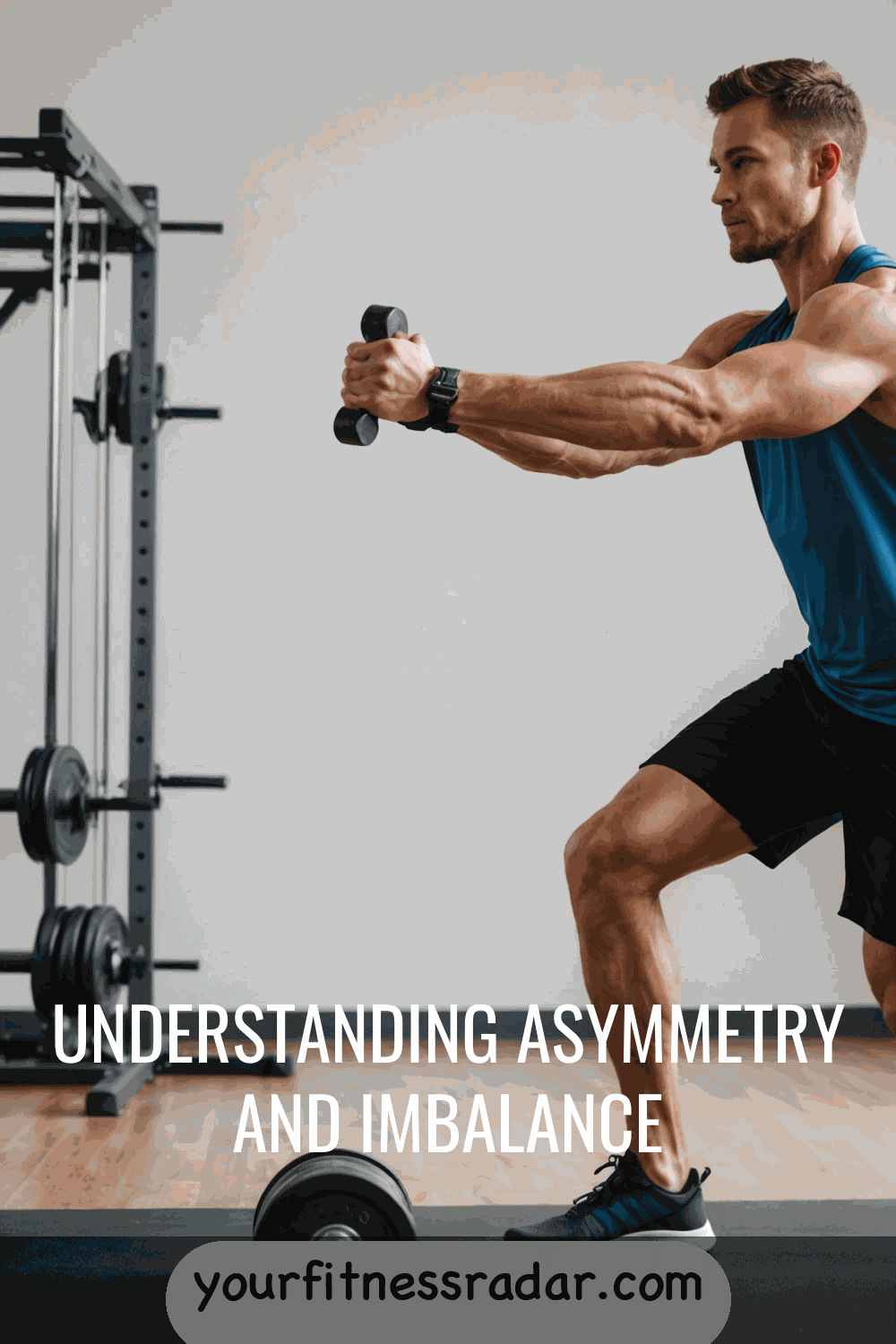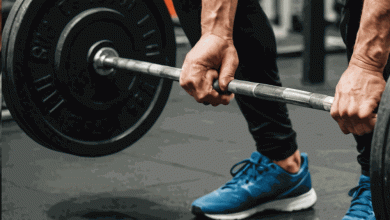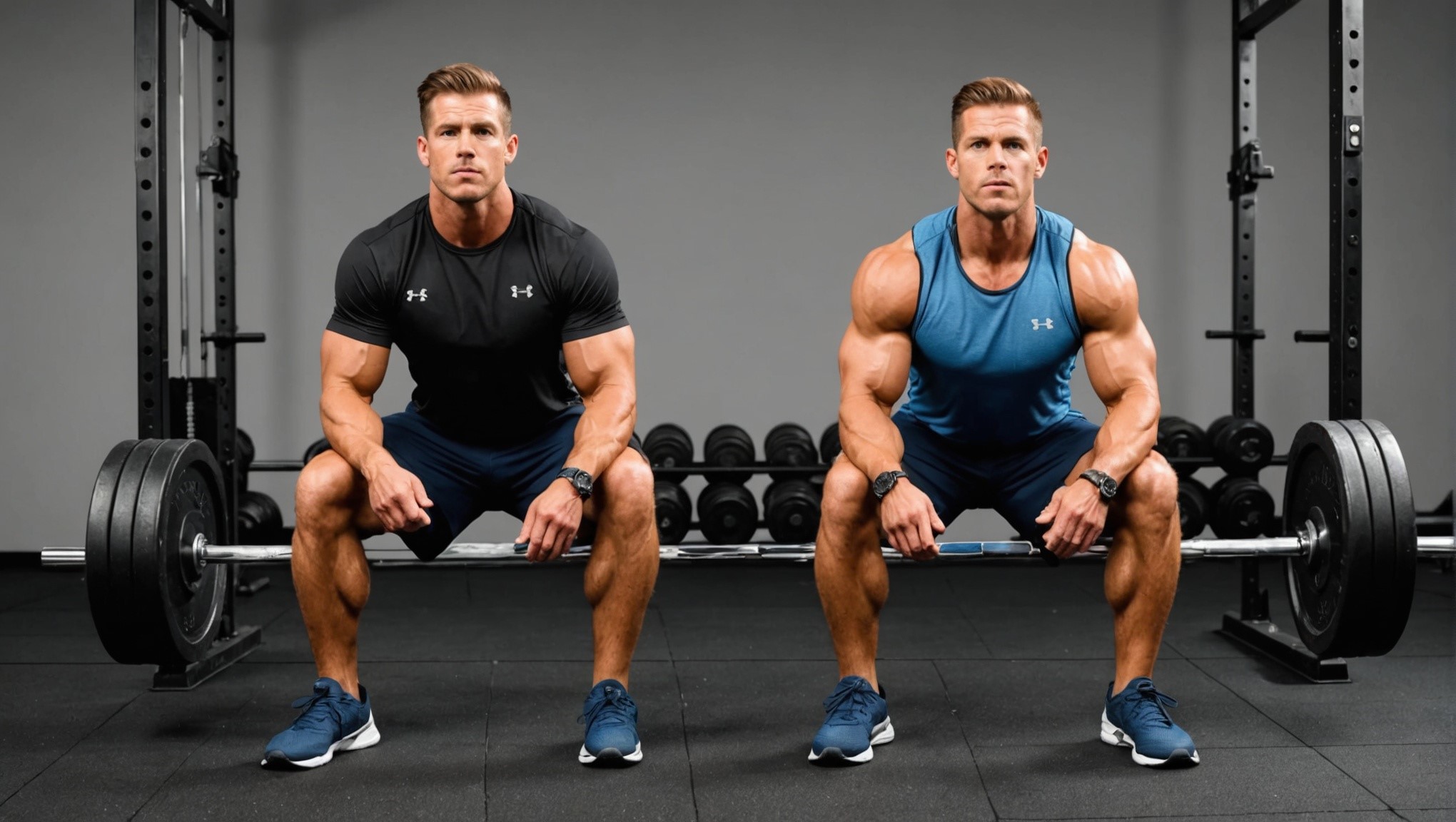Understanding Asymmetry and Imbalance


Introduction
We all have Asymmetry and Imbalance in our bodies, and that’s completely normal. It’s not uncommon for one leg to be slightly longer than the other or for one side of our body to be stronger than the other. This asymmetry is part of being human and is perfectly natural. In fact, there isn’t a single biological process in our bodies that is completely symmetrical. So, if you’ve noticed some imbalances in your body, don’t worry, you’re not broken.
Leg Length Discrepancy: Dealing with Structural Differences
If you have a leg length discrepancy where one leg is longer than the other, there’s not much you can do to change it permanently. However, you can use inserts or orthotics in your shoes to help level yourself out and minimize the effects of the imbalance. But when it comes to bilateral exercises like pull-ups, push-ups, dips, and squats, you can continue doing them without worrying about causing harm. Your body will naturally adjust and level itself out over time.
Muscular Activation and Bilateral Exercises
When performing bilateral exercises, it’s common for one side of your body to be more dominant than the other. This can lead to slight imbalances in muscle activation. However, these imbalances are not a cause for concern. By doing exercises that target both arms and both legs simultaneously, you are still reaping the benefits of these compound movements.
Embracing Side-to-Side Differences: Normalizing Asymmetry
It’s important to remember that side-to-side differences are normal and that not everything needs to be perfectly balanced. Our bodies are unique, and each person has their own individual asymmetries. Even some of the top elite athletes in the world have noticeable imbalances. Take Usain Bolt for example, one of the greatest sprinters of all time. He has scoliosis, which means his spine isn’t perfectly straight. But that hasn’t stopped him from achieving incredible success. So, embrace your side-to-side differences and don’t stress about them.
Addressing Imbalance with Unilateral Exercises
If you are concerned about your imbalances or want to actively work on offsetting them, incorporating unilateral exercises into your routine can be beneficial. Unilateral exercises involve working one side of the body more than the other, helping to address any deficiencies or imbalances. For example, if you’re doing rows, try incorporating single-arm rows. And if you want to focus on your legs, try lunges. These exercises can help iron out any side-to-side differences.
Top Elite Athletes and Their Imbalances
You might be surprised to know that some of the greatest athletes of all time also have imbalances in their bodies. Despite their achievements, they’re not perfectly balanced either. So, if you’re striving for perfection, remember that even the best have their own unique imbalances. Focus on what your body is capable of and work towards your own personal goals, rather than trying to achieve someone else’s ideal of balance.
Fixing Imbalances in the Triceps: Focusing on Unilateral Movements
A common area where people notice imbalances is in their triceps. If you have less muscle development on one side compared to the other, focusing on unilateral movements can help address this imbalance. To determine the specific area of the triceps that needs attention, compare the overall size as well as the lateral head and long head of the triceps. If the lateral head is smaller, incorporate isolation exercises below chest level. If the long head is smaller, focus on overhead tricep extensions. By incorporating unilateral exercises in addition to compound pressing movements, you can gradually correct these imbalances.
Correcting Uneven Pull-Up Form: Assessing Scapula and Rotator Cuff
If you’re experiencing difficulty in getting your left elbow as far back as your right during pull-ups, it could be due to issues with your scapula or rotator cuff. To assess the cause, try performing a wall slide exercise. If you’re unable to rotate back far enough or experience cramping behind your shoulder, it may indicate a weak external rotator. Strengthening exercises for the rotator cuff, such as external rotation exercises, can help address this weakness. If you struggle to draw your shoulder blades back and pinch them together, it could be a sign of weak scapular retractors. In this case, exercises like band pull-aparts, bent-over T’s, and prone te’s can help strengthen these muscles. Assessing and addressing these areas of weakness will help you achieve better pull-up form and reduce imbalances.
Keeping the Assisting Arm Straight: Building Strength Incrementally
When attempting exercises like Archer chin-ups or Archer push-ups, it’s important to keep the assisting arm straight to provide minimal assistance. However, if you find that your arm is bending during these exercises, it’s an indication that you may not have the necessary strength yet. It’s important to recognize this and work on building your strength incrementally. Instead of immediately jumping into the Archer variations, consider intermediate progressions that offer more assistance. For example, try the mantle chin-up, which allows you to rely more on the assisting side while gradually reducing the assistance. As you build strength, you can gradually progress to more challenging exercises like the Archer chin-up, where your assisting arm will be able to maintain a straight position.
Tips for Improving Straight Arm Strength
To improve your straight arm strength, focus on exercises that target the specific muscle groups involved. If you’re struggling with straight-arm strength during exercises like Archer chin-ups or Archer push-ups, consider incorporating exercises that specifically target the external rotators or scapular stabilizers. Depending on your individual needs, exercises like external rotation work or scapular stability exercises such as wall slides or band pull-aparts can be beneficial. By addressing any weaknesses and gradually building strength, you’ll be able to improve your straight arm strength over time.
Conclusion
Remember, everyone has some degree of imbalance and asymmetry in their bodies. It’s a normal part of being human. By understanding your own imbalances and taking appropriate steps to address them, you can work towards a more balanced and functional body. Don’t be discouraged by these natural differences, embrace them, and focus on your own individual progress. Keep pushing forward and celebrate the unique strengths and abilities that make you who you are.

